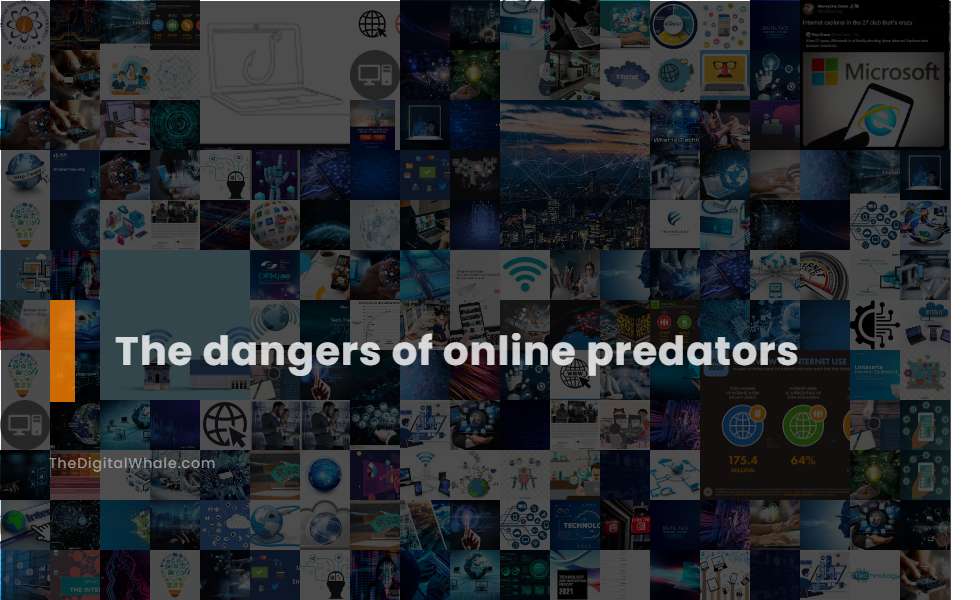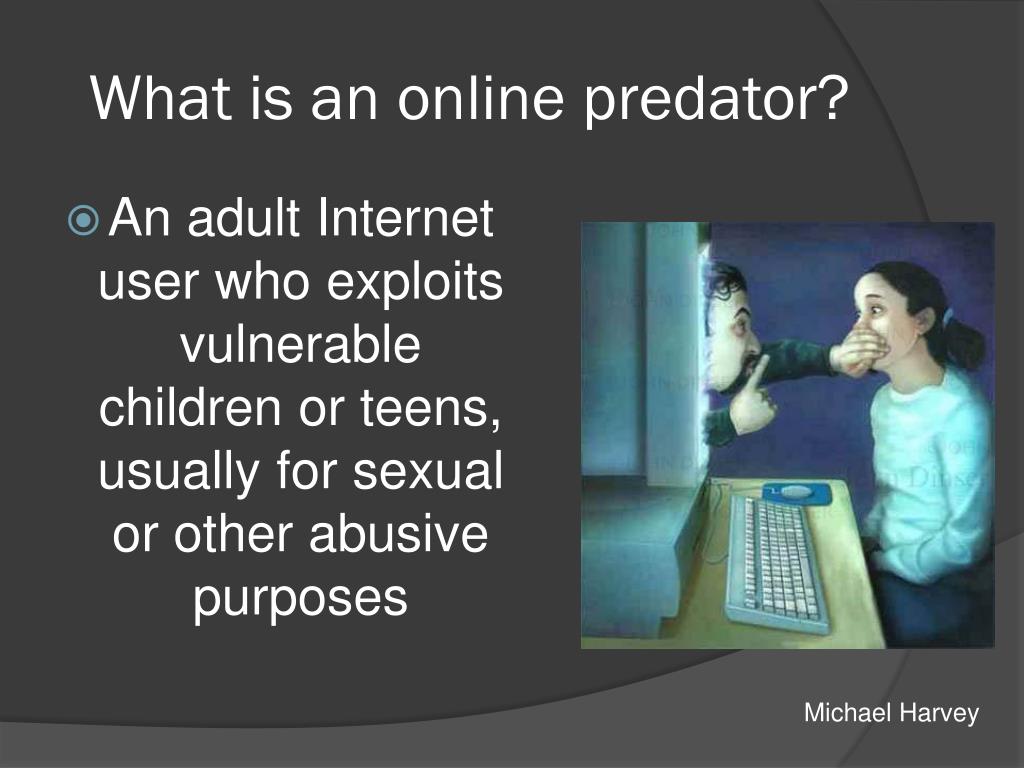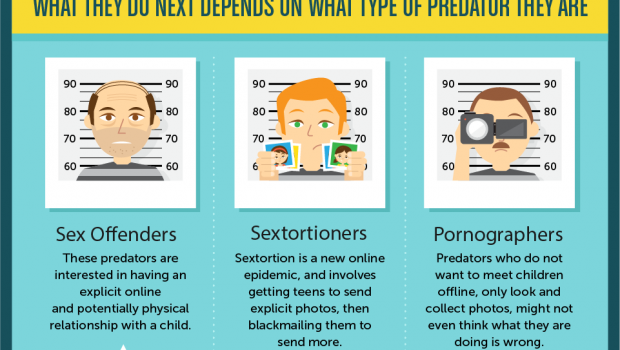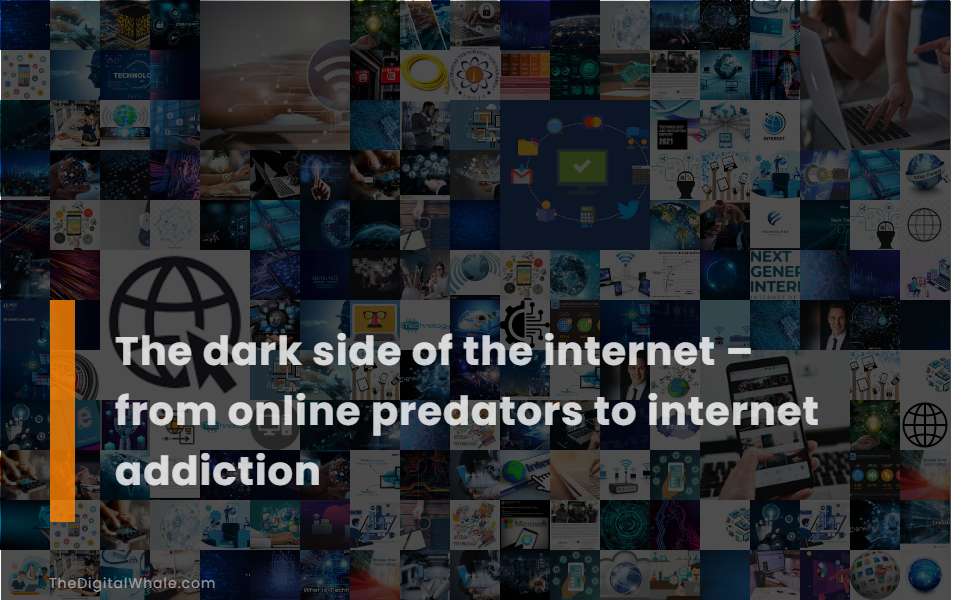The Hunt: Exposing On-line Predators within the Digital Age
Associated Articles: The Hunt: Exposing On-line Predators within the Digital Age
Introduction
With nice pleasure, we are going to discover the intriguing subject associated to The Hunt: Exposing On-line Predators within the Digital Age. Let’s weave fascinating info and supply contemporary views to the readers.
Desk of Content material
The Hunt: Exposing On-line Predators within the Digital Age

The web, a boundless ocean of knowledge and connection, harbors darkish depths. Whereas providing unparalleled alternatives for communication and collaboration, it additionally offers a haven for predators in search of to use susceptible people. For years, documentaries and investigative journalism have tried to show these people, however the strategies and affect have diverse extensively. This text delves into the complicated world of on-line predator searching, inspecting the moral issues, authorized ramifications, and societal affect of exhibits devoted to catching those that prey on youngsters and different susceptible populations.
The rise of exhibits centered on catching on-line predators is a comparatively latest phenomenon, gaining vital traction within the early 2000s. These productions, typically using strategies much like these utilized in sting operations, contain decoys – sometimes adults posing as minors – who interact in on-line conversations with suspected predators. The interactions are meticulously documented, typically together with express messages and makes an attempt to rearrange conferences. As soon as a predator reveals their intentions and agrees to a gathering, they’re confronted by the present’s workforce, typically involving legislation enforcement, and their actions are broadcast to a big viewers.
The affect of those exhibits has been each vital and controversial. On one hand, they’ve undoubtedly led to the arrest and conviction of quite a few people who would in any other case have continued to function undetected. They increase public consciousness in regards to the pervasive nature of on-line predation, educating dad and mom and kids in regards to the dangers and inspiring safer on-line conduct. By showcasing the manipulative techniques employed by predators, these exhibits will help victims acknowledge the indicators of abuse and search assist. The emotional reactions of the predators upon confrontation, captured on digicam, could be highly effective, serving as a stark reminder of the implications of their actions.
Nevertheless, the moral issues surrounding these productions are complicated and multifaceted. Critics argue that the exhibits prioritize leisure worth over the well-being of potential victims. The usage of decoys, whereas typically legally sound, raises questions in regards to the potential for emotional trauma for the people concerned. The act of "luring" predators, even when it is achieved to show them, could be seen as a type of entrapment, doubtlessly compromising the integrity of subsequent authorized proceedings. Furthermore, the general public shaming and humiliation inflicted upon the perpetrators, typically broadcast to hundreds of thousands of viewers, raises considerations about due course of and the potential for vigilante justice.
The authorized panorama surrounding these exhibits is equally nuanced. Whereas many jurisdictions have legal guidelines prohibiting the solicitation of minors for sexual exercise, the authorized implications of the strategies employed by these exhibits stay a topic of debate. The road between investigative journalism and entrapment is usually blurred, resulting in authorized challenges and questions in regards to the admissibility of proof obtained by way of these sting operations. The potential for misrepresentation or manipulation of proof additionally poses a big danger, doubtlessly resulting in wrongful convictions or accusations.
Moreover, the deal with sensationalism and leisure can overshadow the broader societal points at play. These exhibits typically fail to deal with the underlying causes of on-line predation, reminiscent of societal attitudes in direction of intercourse and energy, entry to dangerous on-line content material, and the dearth of enough assist for victims. A extra holistic strategy is required, one that mixes legislation enforcement efforts, academic initiatives, and therapeutic interventions to deal with the issue successfully.
The format of those exhibits additionally performs an important position in shaping public notion. The dramatic enhancing, heightened music, and emotional confrontations can contribute to a sensationalized portrayal of the problem, doubtlessly resulting in a distorted understanding of the issue’s scope and complexity. This can lead to fear-mongering and a scarcity of nuanced understanding of the psychological components that contribute to on-line predation.
One other vital critique facilities on the potential for copycat conduct. Some argue that the publicity surrounding these exhibits would possibly inadvertently encourage others to have interaction in comparable predatory actions, both in search of notoriety or testing the boundaries of the legislation. The potential for perverse incentives – the need for fame or infamy – can’t be ignored.
Lastly, the long-term affect on the people uncovered by these exhibits isn’t explored. Whereas the quick penalties – arrest, public shaming, and social ostracization – are evident, the long-term psychological results on each the perpetrators and their households stay largely unknown. The potential for rehabilitation and reintegration into society is usually ignored, focusing as a substitute on the quick gratification of exposing and punishing the offenders.
In conclusion, exhibits that goal to catch on-line predators occupy a posh moral and authorized grey space. Whereas they undeniably play a job in bringing perpetrators to justice and elevating public consciousness, their strategies and affect require cautious consideration. A balanced strategy is essential, one that mixes efficient legislation enforcement, preventative schooling, and assist for victims, with out sacrificing due course of or contributing to a sensationalized understanding of the issue. The main focus ought to shift from the spectacle of exposing predators to a extra holistic technique that addresses the basis causes of on-line predation and offers complete assist for these affected. Solely then can we hope to successfully fight this insidious crime and create a safer on-line atmosphere for everybody. The hunt for predators have to be guided by moral rules and a dedication to justice, not merely the pursuit of scores and sensational headlines.








Closure
Thus, we hope this text has offered priceless insights into The Hunt: Exposing On-line Predators within the Digital Age. We hope you discover this text informative and useful. See you in our subsequent article!